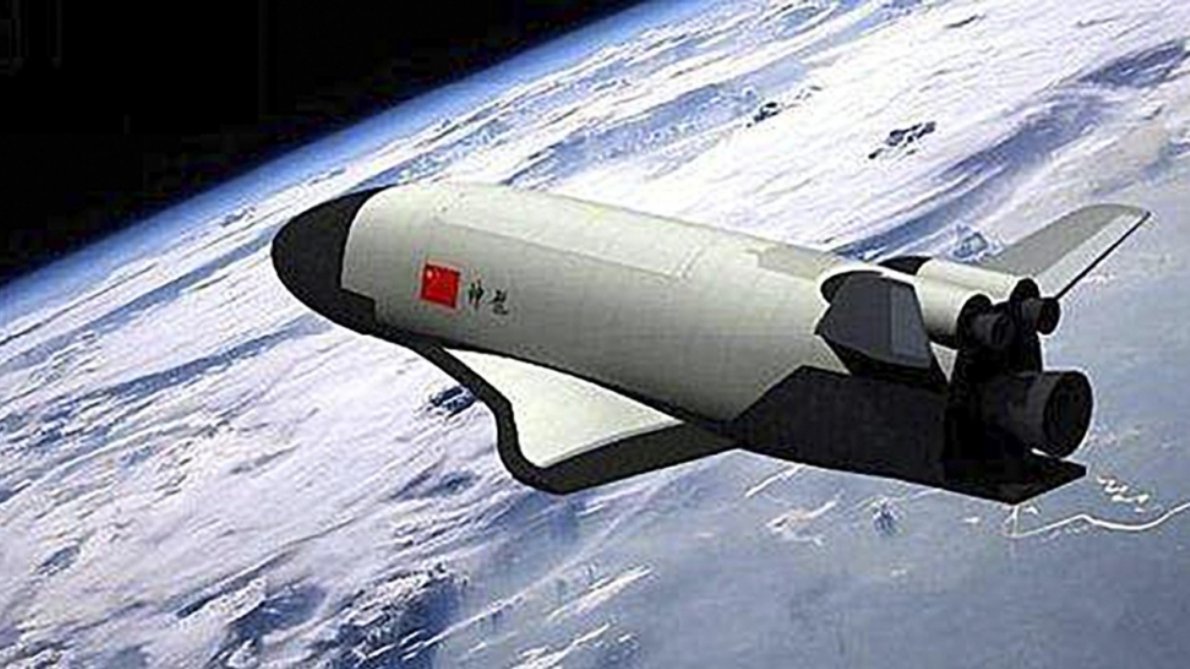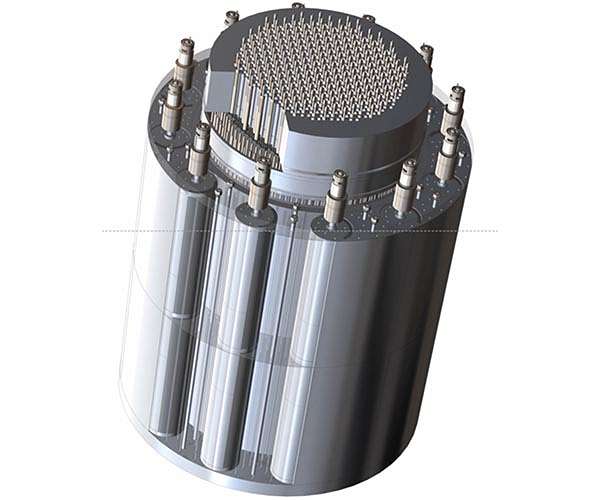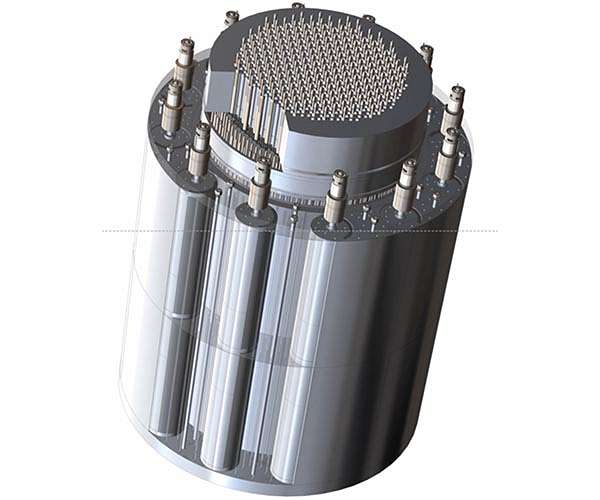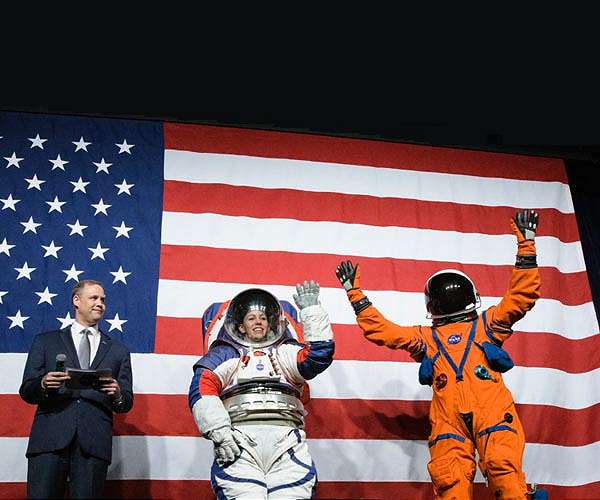tulikomento
Supreme Leader
Luento avaruusromusta maan kiertoradalla
Follow along with the video below to see how to install our site as a web app on your home screen.
Note: This feature may not be available in some browsers.
Hyvä kirjoitus!,
Päiväntasaajalla maanpinta liikkuu 465,1m/s. Matalalle kiertoradalle pääsyyn tarvitaan palttiarallaa 9300m/s nopeudenlisä. Eli tuo apu on semmoiset 5%, joskin rakettiyhtälön tyrannian vuoksi säästö raketin koossa tai hyötykuorman lisä on selvästi enemmän. Mutta onnistuu se kiertoradalle pääsy Israeliltakin, vaikka joutuvat laukaisemaan länteen Välimeren päälle ja ottamaan tuon nopeuden avun sijasta haittana.
Mutta! Laukaisun hinnassa polttoaineet tai valmistusmateriaalit on hyvin pieni murto-osa. Enin osa hinnasta tulee erikoiskykyjä omaavan henkilöstön palkoista sekä kehitystyön ja valmistuslaitteiden kustannusten kuoletuksista. Nuo riippuvat raketin koosta vain minimaalisesti. Sen lisäksi etenkin pienempien satelliittien omistajia kiinnostavat varsinkin napa-alueiden yli kulkevat radat. N.86° isommilla inklinaatioilla tuota alkunopeutta joudutaan jo vähentämään. Siispä naparadoille onkin halvempi laukaista lähempää napaa kuin päiväntasaajaa!
Pohjoisin tähän mennessä kiertoradalle laukaissut asema lienee Plesetsk, melkein 63°! Joensuun tasalla siis. Niin että ei Suomi nyt niin älytön paikka tuossa mielessä ole. Mutta onhan meidän maantiede vähän haastavampi. Pohjoiseen joudutaan lentämään Norjan ilmatilassa, tai laukaisemaan niin etelästä että ensimmäinen vaihe putoaa Lappiin. Etelään on tarjolla hyvin rajallinen valikoima suuntia. Kemi-Tornion seudulta Pohjanlahtea etelälounaaseen tai Turun seudulta Itämerelle vilkkaan laivaliikenteen sekaan.
Norjan pohjoisrannikko onkin tuolta kantilta erinomainen sijainti. Andøyan tutkimuskeskus yrittääkin houkutella laukaisuyrittäjiä asiakkaikseen. Sen sijainti on 69,3° pohjoista, Suomessa samalla korkeudella on mm. Halti-tunturi. Pohjois-Atlantin talvet voivat kyllä olla haasteellisia sopivien laukaisupäivien löytämisen kannalta. Suomen Lapin puolelle Skandit antavat suojaa pahimmilta myrskytuulilta. Se lienee paras kilpailutekijä, joka laukaisukeskuksen sijoittamiselle Suomeen on löydettävissä.
Eihän se selitäkään kaikkea, ja juuri siksi mm. kvanttipainovoimateoriat ovat fyysikkopiireissä kovan mielenkiinnon kohteena. Mutta varmaan tiesitkin, kun kerran Tri. Sabine Hossenfelderin kanavaa seuraat.

Alus on ilmeisesti laskeutunut takaisin maahan vietettyään avaruudessa muutaman päivän. Avaruuteen ilmestyi uusi maata kiertävä kohde lennon aikana, joten mitä ilmeisimmin aluksesta laskettiin satelliitti koelennon aikana.Tämä tuli hieman puun takaa. Kiina laukaisi eilen uudelleenkäytettävän, miehittämättömän avaruuslentokoneen avaruuteen.

China launches experimental spaceplane - NASASpaceFlight.com
China launched a new experimental reusable space vehicle on Thursday from the Jiuquan Satellite Launch…www.nasaspaceflight.com
Kumpi vakoili kumpaa vai molemmat?...
Huomattavaa on myös, että Kiinalaisen avaruuslentokoneen kiertorata oli hyvin lähellä Yhdysvaltojen avaruusvoimien X-37B sukkulan OTV-6 lennon kiertorataa.



En vielä katsonut. Mutta muistan lukeneeni että Juri ei ollut ensimmäinen ihminen avaruudessa, vaan ensimmäinen joka palasi onnistuneesti.
1961 Juri Gagarin, maailman ensimmäinen avaruuslentäjä | Arkistojen salat
Kausi 3, osa 4. Kuvat Juri Gagarinin matkasta ovat sumeita ja heikkolaatuisia, mutta niissä toteutuu yksi 1900-luvun suurista unelmista. Kuinka Gagarin valittiin tähän historialliseen tehtävään?areena.yle.fi
En vielä katsonut. Mutta muistan lukeneeni että Juri ei ollut ensimmäinen ihminen avaruudessa, vaan ensimmäinen joka palasi onnistuneesti.
Jenkeillä oli nauhoitteita radioviesteistä, kun joku tukehtui avaruudessa. Nää nyt oli näitä juttujaKosmonauttinukke Ivan Ivanovits tasoitti tietä Jurille.


General Atomics Electromagnetic Systems (GA-EMS) has delivered a design concept of a Nuclear Thermal Propulsion (NTP) reactor to power future astronaut missions to Mars for a NASA-funded study. The study, managed by Analytical Mechanics Associates (AMA), explored a design space defined by key performance parameters as well as figures of merit.
The GA-EMS design exceeded the key performance parameters and optimized the NTP reactor for manufacturability, the highest ranked figure of merit. "GA-EMS is uniquely positioned to develop and deliver a cost effective, safe NTP reactor system to progress future space missions," stated Scott Forney, president of GA-EMS.
"This is an exciting effort that directly aligns with our 60+ years of nuclear energy research and development, including nuclear reactor design and deployment and our expertise in space systems. We are excited to contribute our ideas to the next generation of space exploration for our country and our world."

Jenkeillä oli nauhoitteita radioviesteistä, kun joku tukehtui avaruudessa. Nää nyt oli näitä juttuja
Following a series of critical contract awards and hardware milestones, NASA has shared an update on its Artemis program, including the latest Phase 1 plans to land the first woman and the next man on the surface of the Moon in 2024.
In the 18 months since NASA accepted a bold challenge to accelerate its exploration plans by more than four years and establish sustainable exploration by the end of the decade, the agency has continued to gain momentum toward sending humans to the Moon again for the first time since the last Apollo lunar mission in 1972.
"With bipartisan support from Congress, our 21st century push to the Moon is well within America's reach," said NASA Administrator Jim Bridenstine. "As we've solidified more of our exploration plans in recent months, we've continued to refine our budget and architecture. We're going back to the Moon for scientific discovery, economic benefits, and inspiration for a new a generation of explorers. As we build up a sustainable presence, we're also building momentum toward those first human steps on the Red Planet."
In its formal plan, NASA captures Artemis progress to date, identifying the key science, technology and human missions, as well as the commercial and international partnerships that will ensure we continue to lead in exploration and achieve our ambitious goal to land astronauts on the Moon.
The agency's powerful new rocket, the Space Launch System (SLS), and the Orion spacecraft are closer than ever to their first integrated launch. The spacecraft is complete while the core stage and its attached four engines are undergoing a final series of tests that will culminate in a critical hot fire test this fall.
Early Artemis Missions
Following a successful hot fire test, the core stage will be shipped to the agency's Kennedy Space Center in Florida for integration with the spacecraft. NASA will launch an SLS and an Orion together on two flight tests around the Moon to check performance, life support, and communication capabilities. The first mission - known as Artemis I - is on track for 2021 without astronauts, and Artemis II will fly with crew in 2023.
In the Phase 1 plan, NASA notes additional details about conducting a new test during the Artemis II mission - a proximity operations demonstration. Shortly after Orion separates from the interim cryogenic propulsion stage, astronauts will manually pilot Orion as they approach and back away from the stage.
This demonstration will assess Orion's handling qualities and related hardware and software to provide performance data and operational experience that cannot be readily gained on the ground in preparation for rendezvous, proximity operations, and docking, as well as undocking operations in lunar orbit beginning on Artemis III.
While preparing for and carrying out these flight test missions, NASA already will be back on the Moon robotically - using commercial delivery services to send dozens of new science investigations and technology demonstrations to the Moon twice per year beginning in 2021.
In 2024, Artemis III will be humanity's return to the surface of the Moon. After launching on SLS, astronauts will travel about 240,000 miles to lunar orbit aboard Orion, at which point they will directly board one of the new commercial human landing systems, or dock to the Gateway to inspect it and gather supplies before boarding the landing system for their expedition to the surface.
Wearing modern spacesuits that allow for greater flexibility and movement than those of their Apollo predecessors, astronauts will collect samples and conduct a range of science experiments over the course of nearly seven days. Using the lander, they will return to lunar orbit before ultimately heading home to Earth aboard Orion.
Work is progressing rapidly on the Gateway. NASA will integrate the first two components to launch - the power and propulsion element and the habitation and logistics outpost - in 2023. This foundation for the Gateway will be able to operate autonomously, conducting remote science experiments when astronauts are not aboard. NASA has selected the first two science instrument suites to conduct space weather investigations in lunar orbit before crew visits.
While NASA has not made a final decision to use the Gateway for Artemis III, Artemis IV and beyond will send crew aboard Orion to dock to the Gateway, where two crew members can stay aboard the spaceship in orbit while two go to the surface. Over time, the outpost will evolve, with new modules added by international partners, allowing crew members to conduct increasingly longer lunar missions.
As detailed in the agency's concept for surface sustainability earlier this year, an incremental buildup of infrastructure on the surface will follow later this decade, allowing for longer surface expeditions with more crew. That concept calls for an Artemis Base Camp that would include new rovers, power systems, habitats, and more on the surface for long-term exploration of the Moon.
Throughout the Artemis program, robots and humans will search for, and potentially extract, resources such as water that can be converted into other usable resources, including oxygen and fuel. By fine-tuning precision landing technologies as well as developing new mobility capabilities, astronauts will travel farther distances and explore new regions of the Moon.


